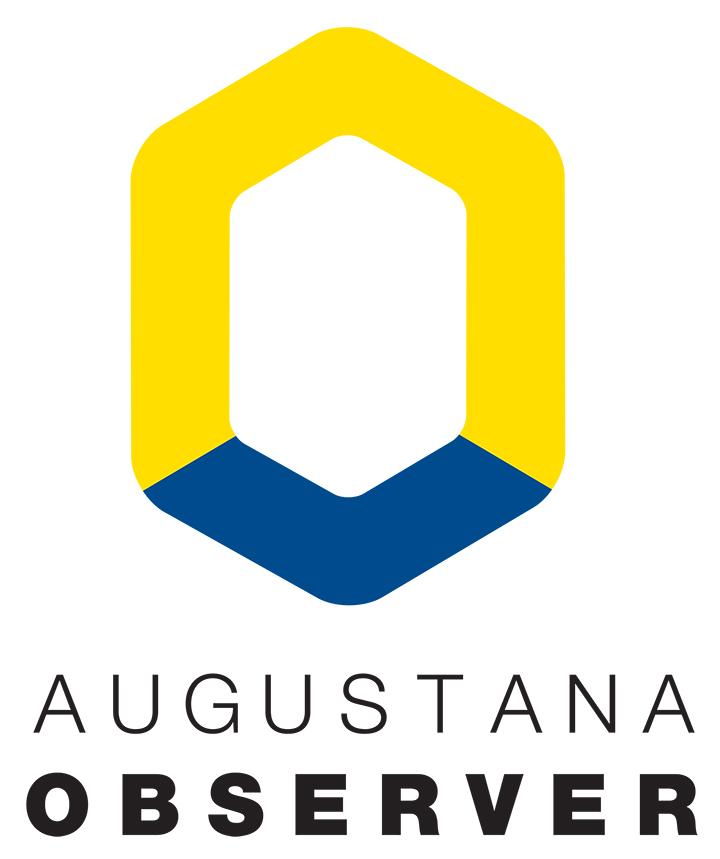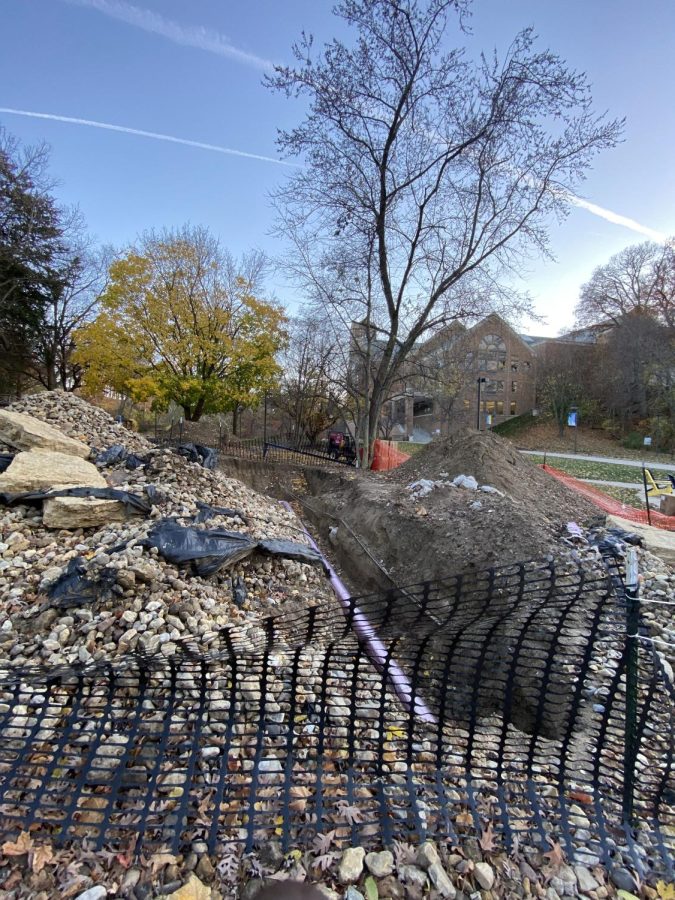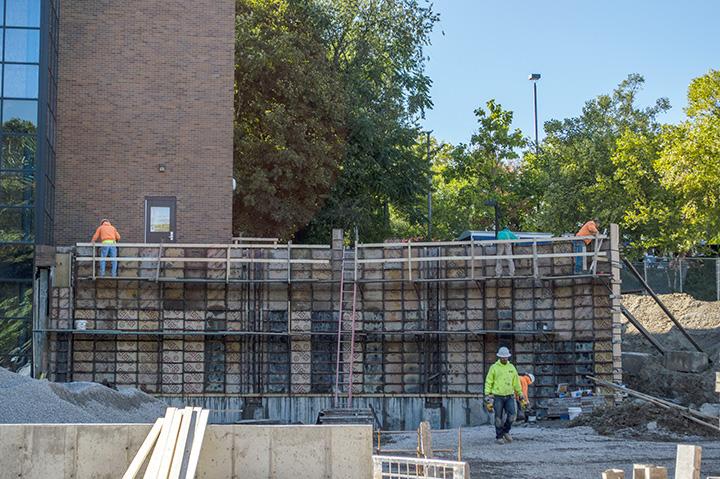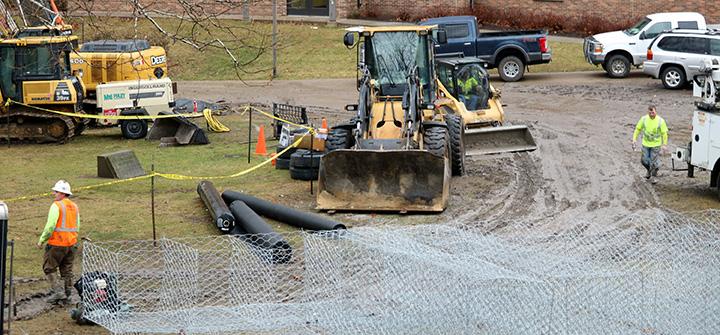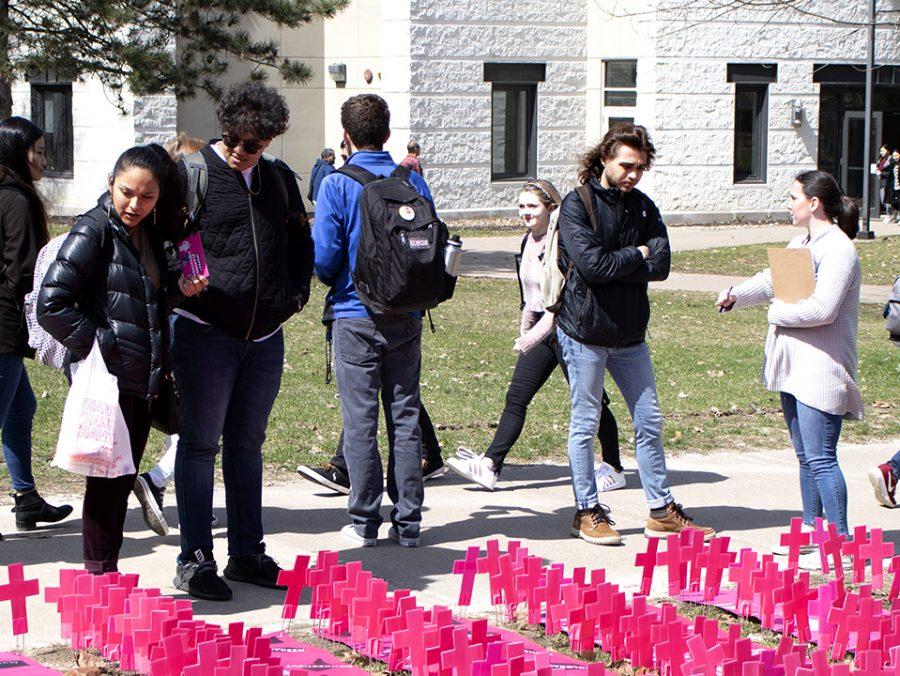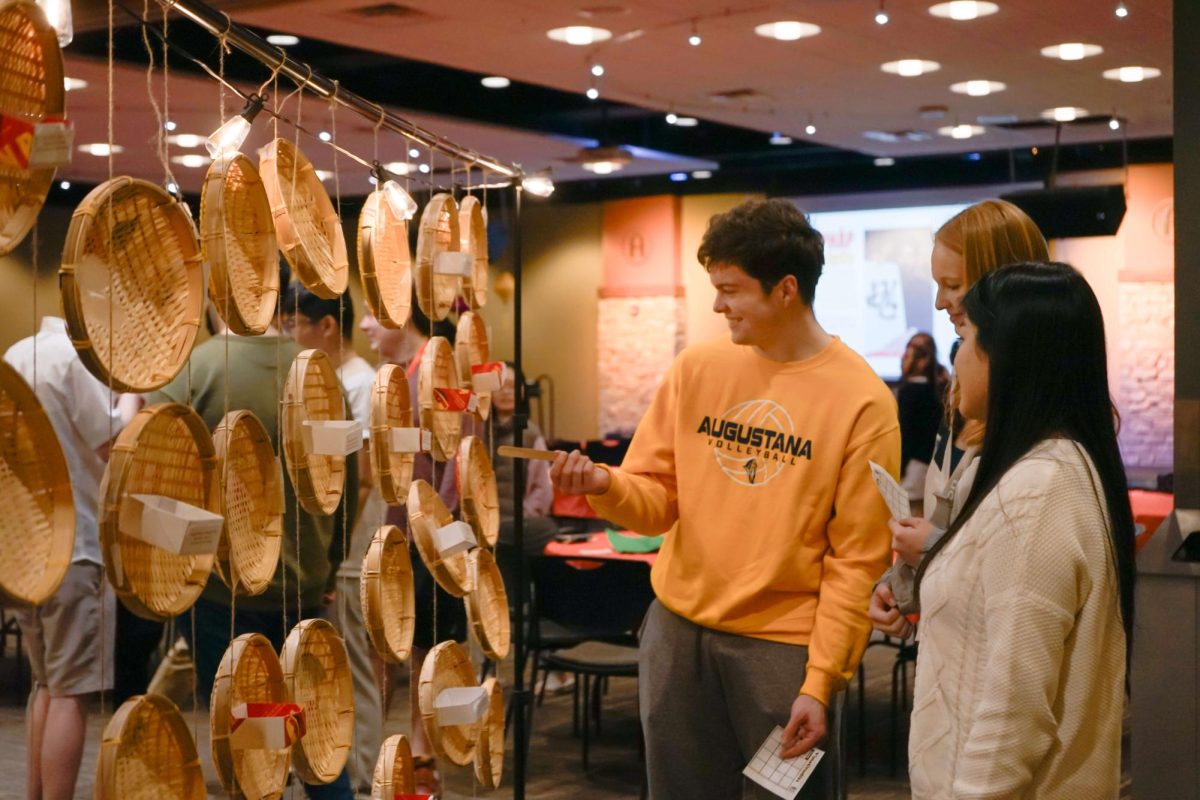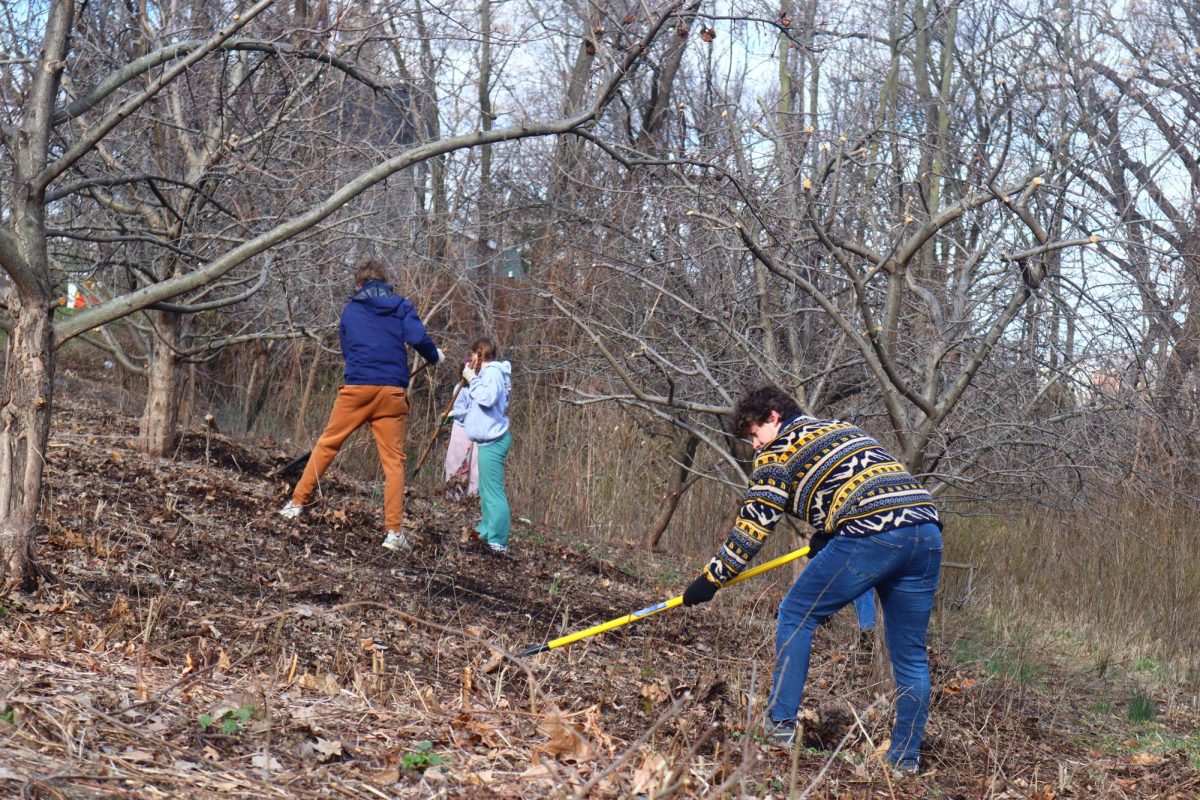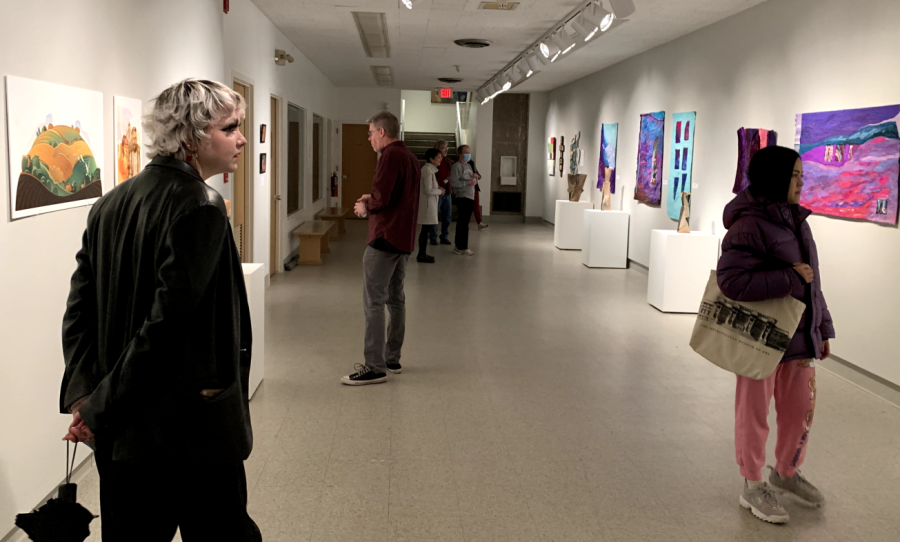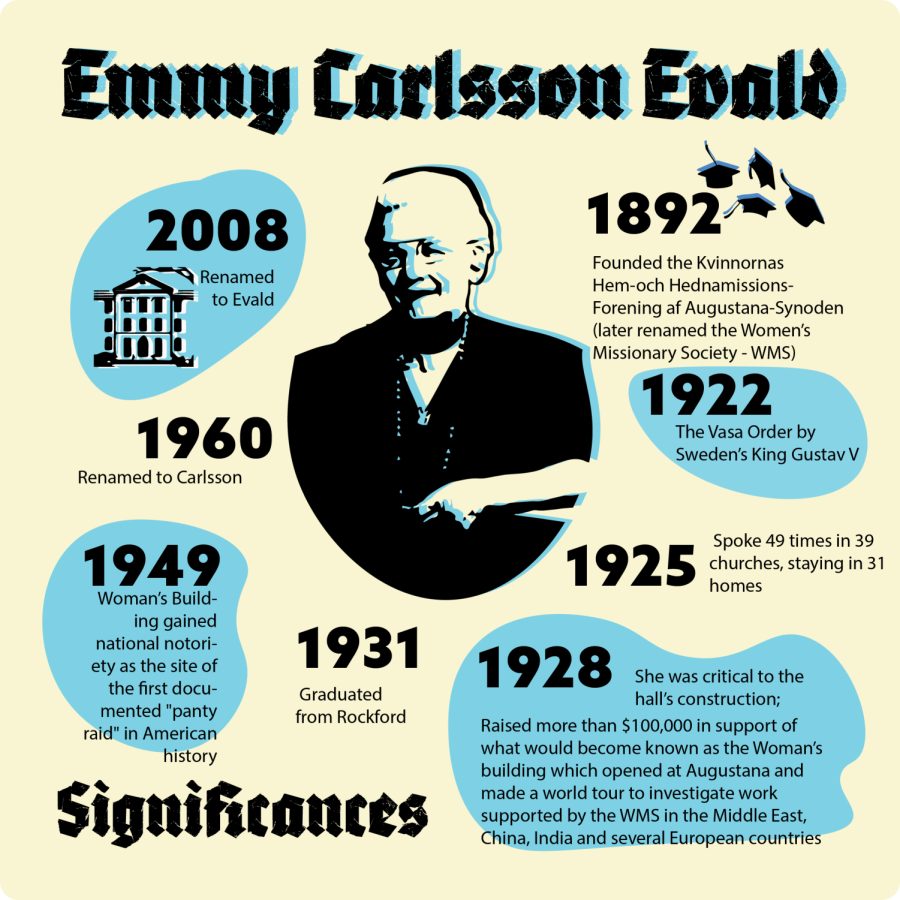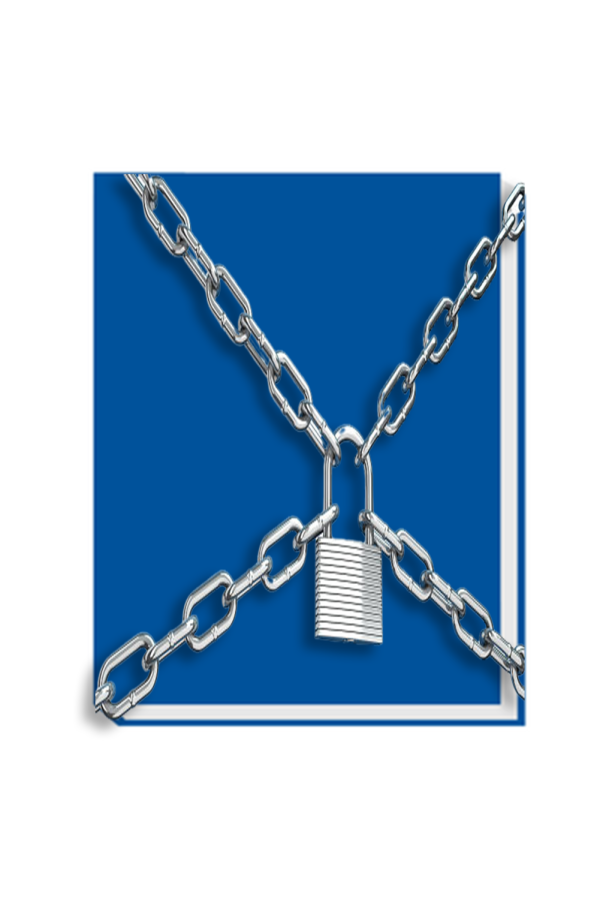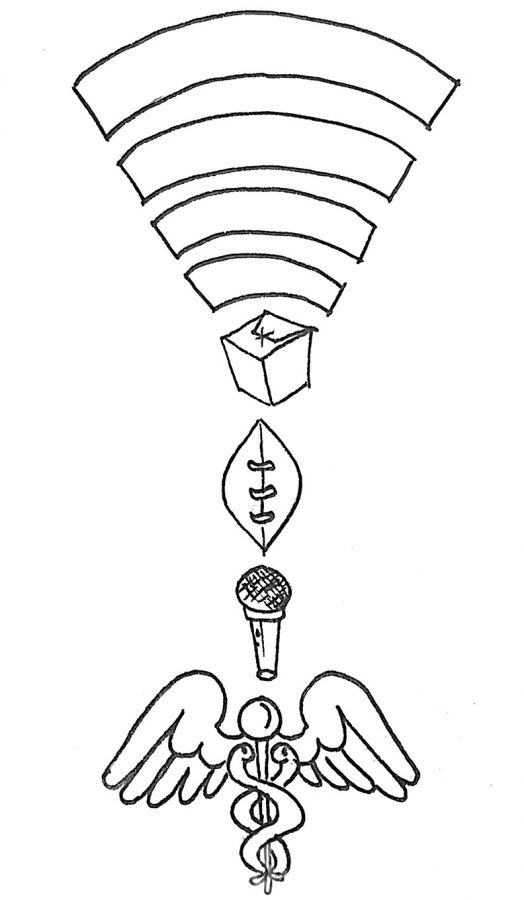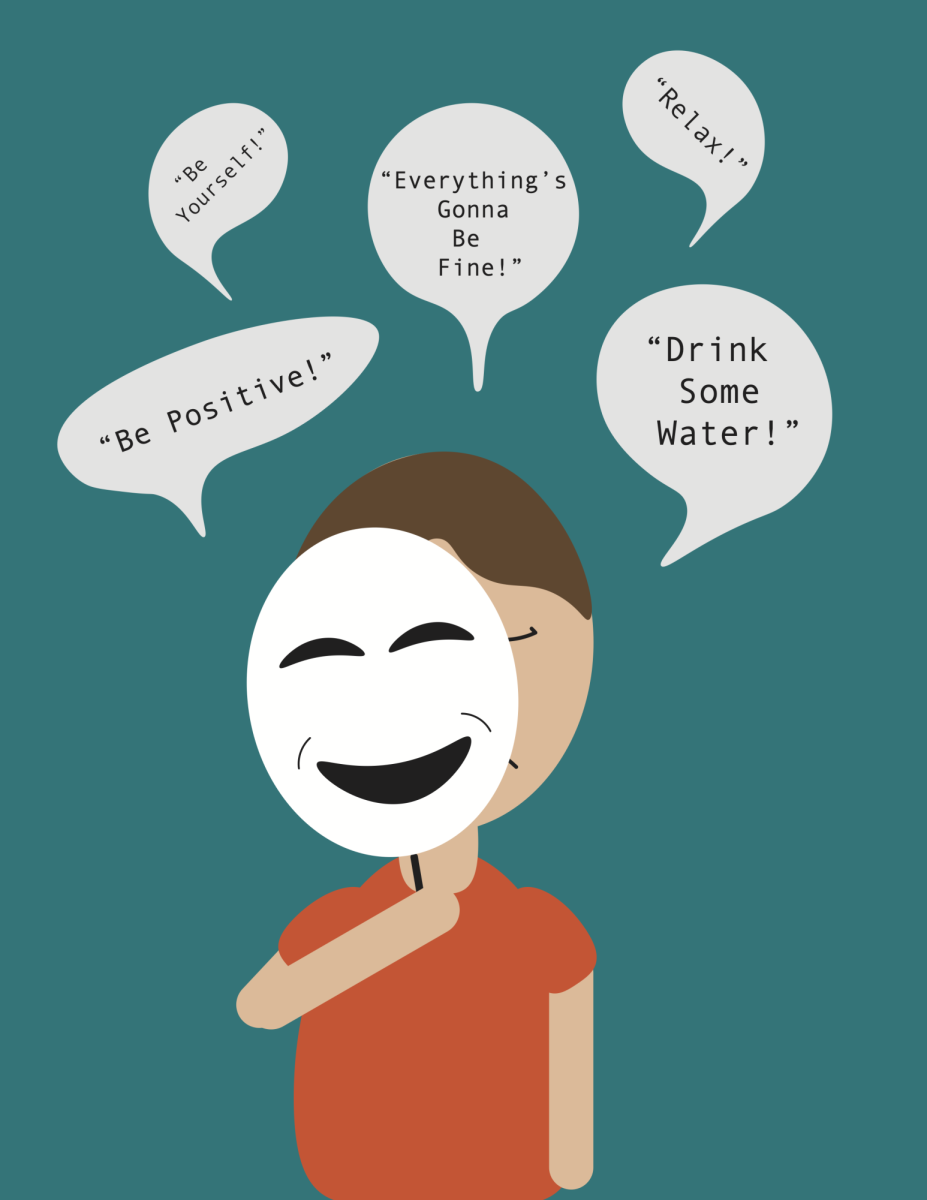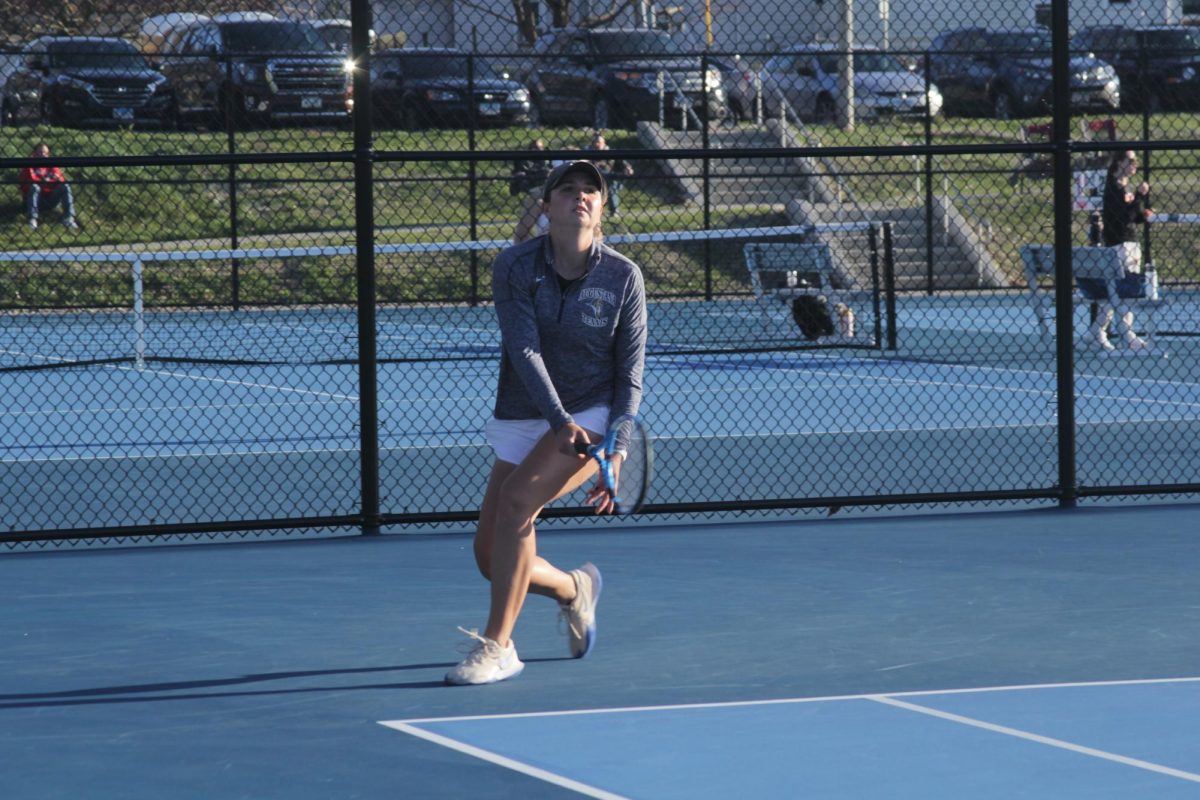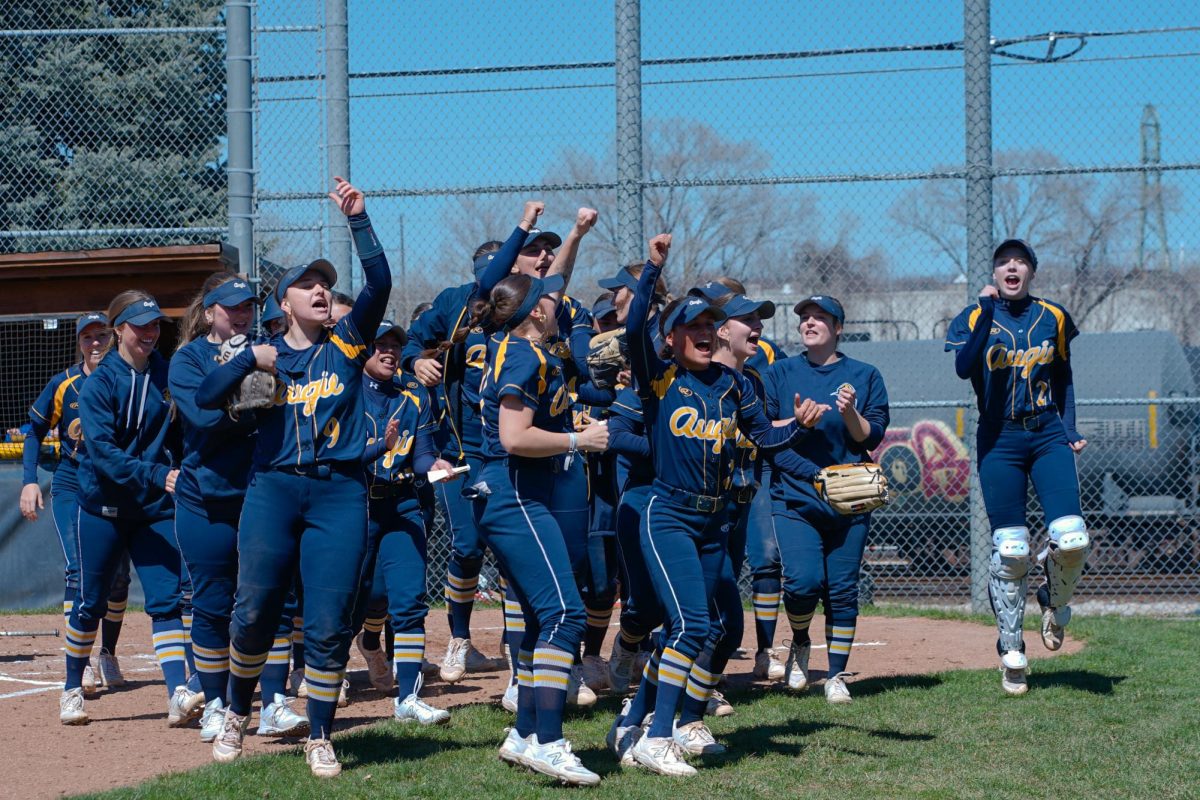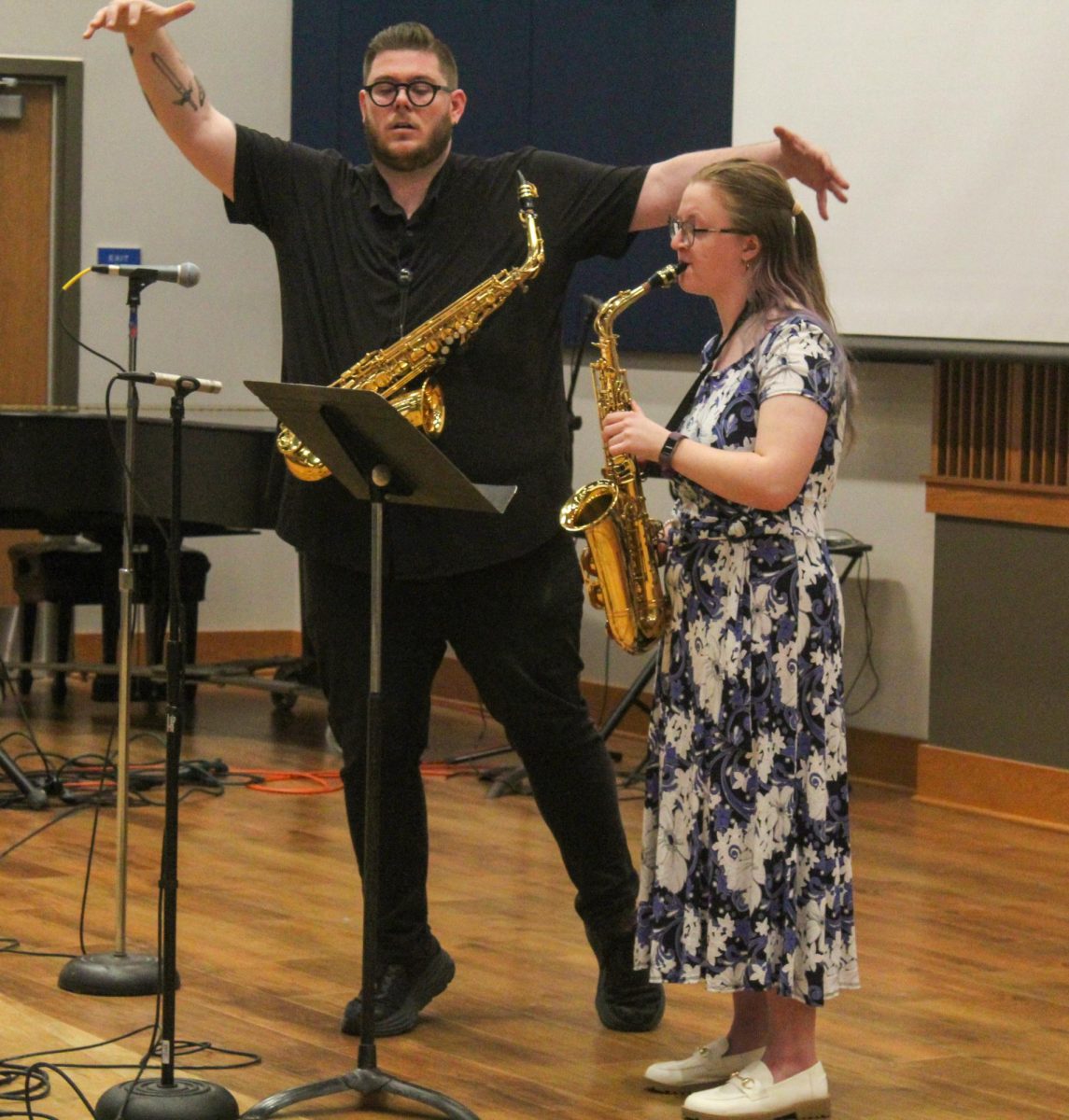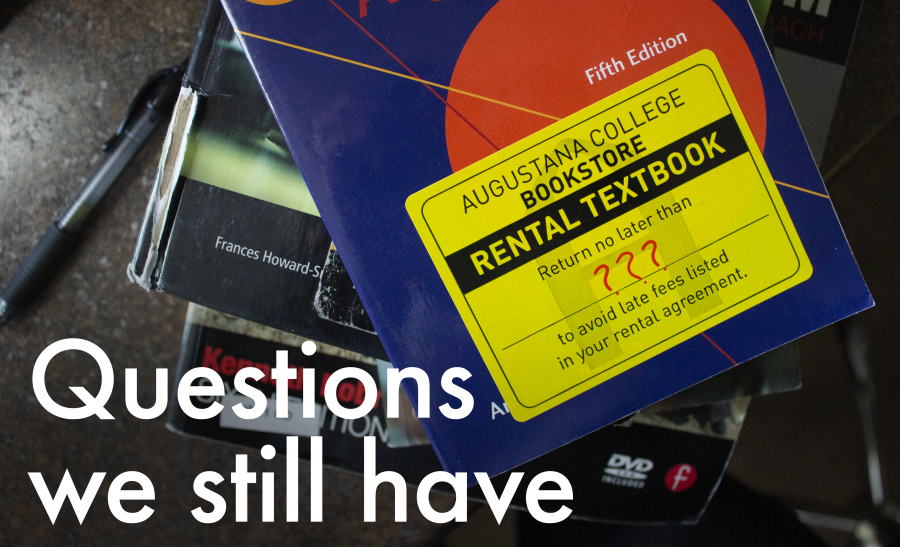Social distancing measures are indisputably wearing on all of us, and hanging out with your hometown friends six feet apart in a parking lot isn’t going to make you feel better long-term. As many of us toe the line between responsible practice and self-care socializing, it is necessary to realize that social distancing is more important now than ever.
Despite being an essential worker myself and (unfortunately) seeing hundreds of people a day, I still found myself meeting a friend of mine to talk about life during a pandemic (and Animal Crossing). It was lovely to catch up, but as we watched some friends meet up to go for a boat ride, I wondered if their breaking social distancing for a few hours was more harmful than my coming in direct contact with strangers regularly.
While a day out with friends who have been diligently self-isolating seems harmless, it creates a preventable link between your two households. We have all seen the chart mapping out transmission prevention by cutting back on those first key interactions.
If you don’t go to Florida, you won’t bring it back home and give it to your parents, who in turn cannot give it to their co-workers. It’s a simple and effective theory but does not convey the importance of social distancing long-term.
Preventing a second spike
Researchers at the University of Michigan explored the efficacy of social distancing in a study published through the Journal of the American Medical Association (JAMA) in 2007, long before the novel coronavirus pandemic began. Using data from the Spanish Flu pandemic, the researchers compared which cities experienced second peaks of illness after initial measures against transmission were relaxed. The study saw that these records provide a roadmap of outcomes of social distancing.
Cities that relaxed social distancing measures during the Spanish Flu saw a second spike in influenza cases, despite their efforts in flattening the curve earlier in the pandemic. Outside of the Midwest, several American states have loosened restrictions to prevent the spread of coronavirus in direct opposition to the data examined from the 1918 pandemic.
Rigid social distancing measures are what, so far, are keeping us from experiencing a second wave of the pandemic come fall. That is why social distancing is so necessary to follow, even though you will not be able to see its benefits for a long time. Social distancing is an investment in the wellbeing of not only yourself but the people who orbit your life.
Workplace uncertainty
Regardless of how much I laud social distancing, however, it is necessary to acknowledge that many Americans are not able to stay safer-at-home.
“I work in a nursing home. We run a very high risk of spreading sickness around the building,” sophomore Rachel Flacco said. “When I first got back to work, they had decided to not allow any visitors, and we stopped taking admissions. Starting this week, residents must stay in their rooms for all activities with the exception of showering.”
Changing rules for workplaces have created a frantic work environment for many employees. Companies must prioritize employee health while maintaining a sustainable approach to public health. Consequently, employees are overwhelmed by frequently changing regulations and daily updates. “It constantly changes so it’s difficult to keep up with all the rules,” Flacco said.
In food service, employees have had to change the structure of their workplace entirely. “We had to streamline a lot of the items,” UW Milwaukee student Jacie Griffith said.
Griffith returned from UW Milwaukee March 13th and returned to her high school job at the local Subway, which is the only fast-food option in town. “We’re down to one-person shifts, so we have to do lunch and dinner rushed on our own, which you would think would slow down but haven’t because around here, no one cares and everyone thinks this is a joke.”
As an essential worker, customers are consistently thankful for the opportunity “essential” businesses provide. But the convenience of a store being open is no excuse to go there just to get out of the house.
That doesn’t mean you are only allowed to purchase milk, bread and toilet paper, but be smart about your shopping. In order to prevent unnecessary trips to stores, plan ahead. If you want to look for a new puzzle or Nintendo Switch game to keep yourself sane, go to Target for your grocery shopping instead of Whole Foods. Plan your meals in advance so that you don’t have to run out for an extra ingredient. Check to see if you need new toothpaste before you leave for the store. It’s possible to not entirely restrict your life while still doing your best to socially distance and keep shopping to a minimum.
“It may seem silly because you live in a small town, but I think it is more important to take all these precautions now to stop the spread,” Flacco said. “People who do not have to work should make an effort to practice social distancing and stay home.” Essential workers don’t have the option to fully social distance, which makes it much more important for the people who have the option.
“Everyone in my family is considered high risk, and if I had the option to not work right now I would,” Griffith said.
American runs on the trades, not Dunkin’
Beyond undervalued food service employees and health care workers, there are many other people keeping the world as we know it turning. I live in a small rural city in Wisconsin, where the majority of the population works in trades or agriculture. Those parts of the country cannot stop working during a pandemic. They provide you the electricity to charge your laptop during class or keep the water running to your house so the moisture ratio in your sourdough can be spot-on.
Essential workers exist outside of healthcare, food service and certain retailers. Construction and infrastructural updates continue amidst corona, and plenty of independent contractors and business owners rely on the late Spring season to offset a lack of business in the winter months.
Construction hasn’t stopped during the pandemic. Cities have to repair road damage from the winter, and coronavirus has made infrastructural improvement a necessity in many communities. If people have more time to go to the park, the park has to be maintained. If you send your Augie friends a care package, it has to be processed, shipped, and delivered by multiple postal employees (this is not to say you should stop sending mail. The USPS would love your support at the moment).
As the majority of Augustana students are off-campus during the pandemic, it is easier to acknowledge the effects of the “Augie bubble” from our homes. Our lives on campus are supported by a staff of maintenance and food service workers. We do not have to repair our own walkways or fix our AC on campus, and we have to realize that despite the CSL stairs being blocked off for months, few of us would volunteer to fix them ourselves.
More than staying healthy
American families who are experiencing no shortage of free time rather than having to work while supporting their families are using time out of the workplace to maintain their households. People are repainting their walls for the first time in years, or finally fixing the mildew in their basement. When your time is usually consumed by a full-time job and childcare, it is difficult to perform the little duties necessary in keeping your home together. Low-income families who lack the time to perform necessary repairs and updates on their houses are uniquely positioned to do so in lockdown.
To deny those people the ability to improve their living situation assumes that they would be able to hire someone or have the time to take care of issues when things are “normal.” It’s a matter of class difference, and we cannot erase the effects of socioeconomic position on a population’s lifestyle.
Inclusion is more than considering public health for the elderly or folks predisposed to respiratory illness. While health is one aspect of the pandemic, socioeconomic class is another. Inclusion occurs at the intersection of all human conditions–not just of health, but of income, race, age, identity, and countless other qualifiers.
It’s overly simplistic to say that everyone should be social distancing, as not everybody can. But whether you’re working, immunocompromised or just trying to stay mentally well during all of this, do what is best for you and your community. Take a walk, but give other people plenty of space. Wash your hands before and after you leave the house and be as responsible as you can be while caring for both your mind and your body.
For those of us who are not able to socially distance and for those of us whose health depends on it, do what you can to flatten the curve and keep it that way. The less social distancing is followed, the longer measures like it will have to be in place. And I feel I can speak for all returning Augustana students in saying we would all like to be back on campus this fall.
Featured graphic by Carly Davis.
Abbey Mondi • April 24, 2024
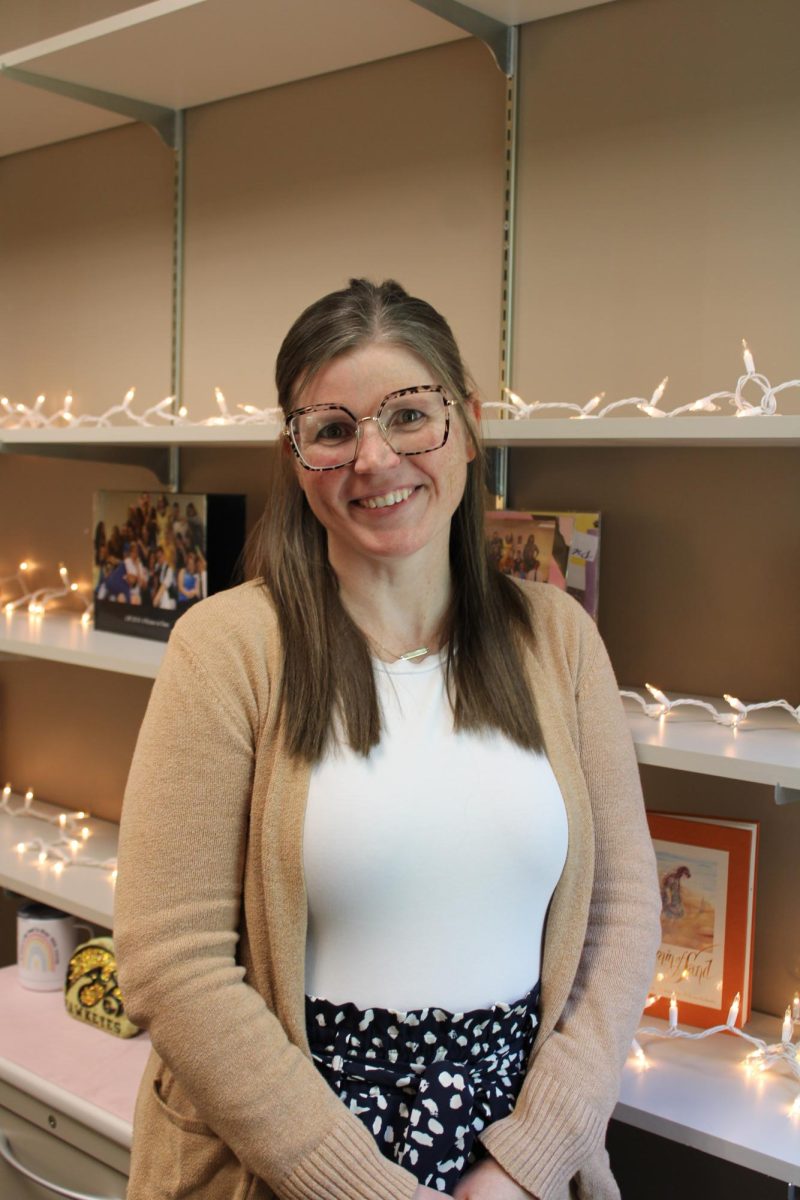
Jack Brandt • April 24, 2024
April 24, 2024
Maranda Bargren • April 24, 2024
Rethinking “essential”
May 13, 2020
Leave a Comment
More to Discover
